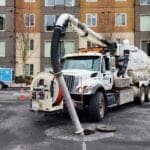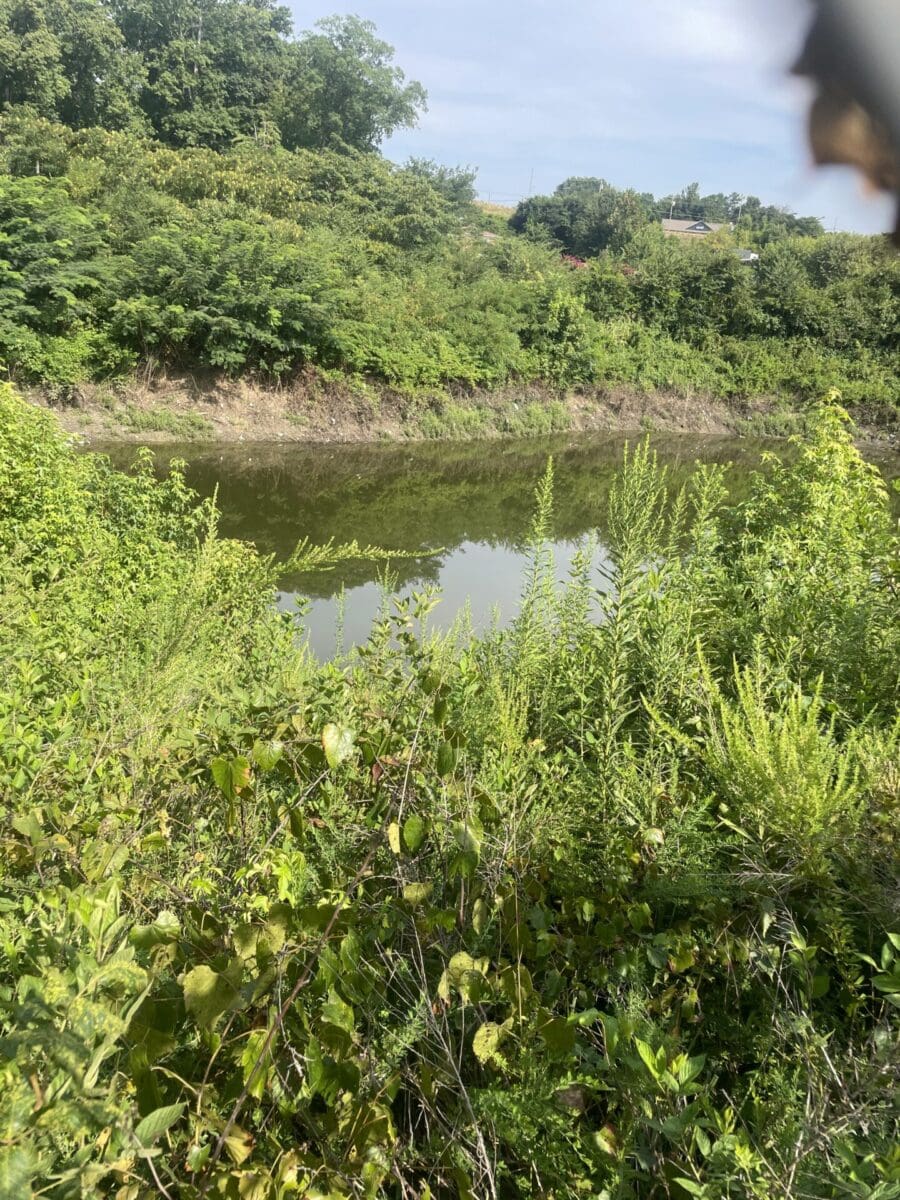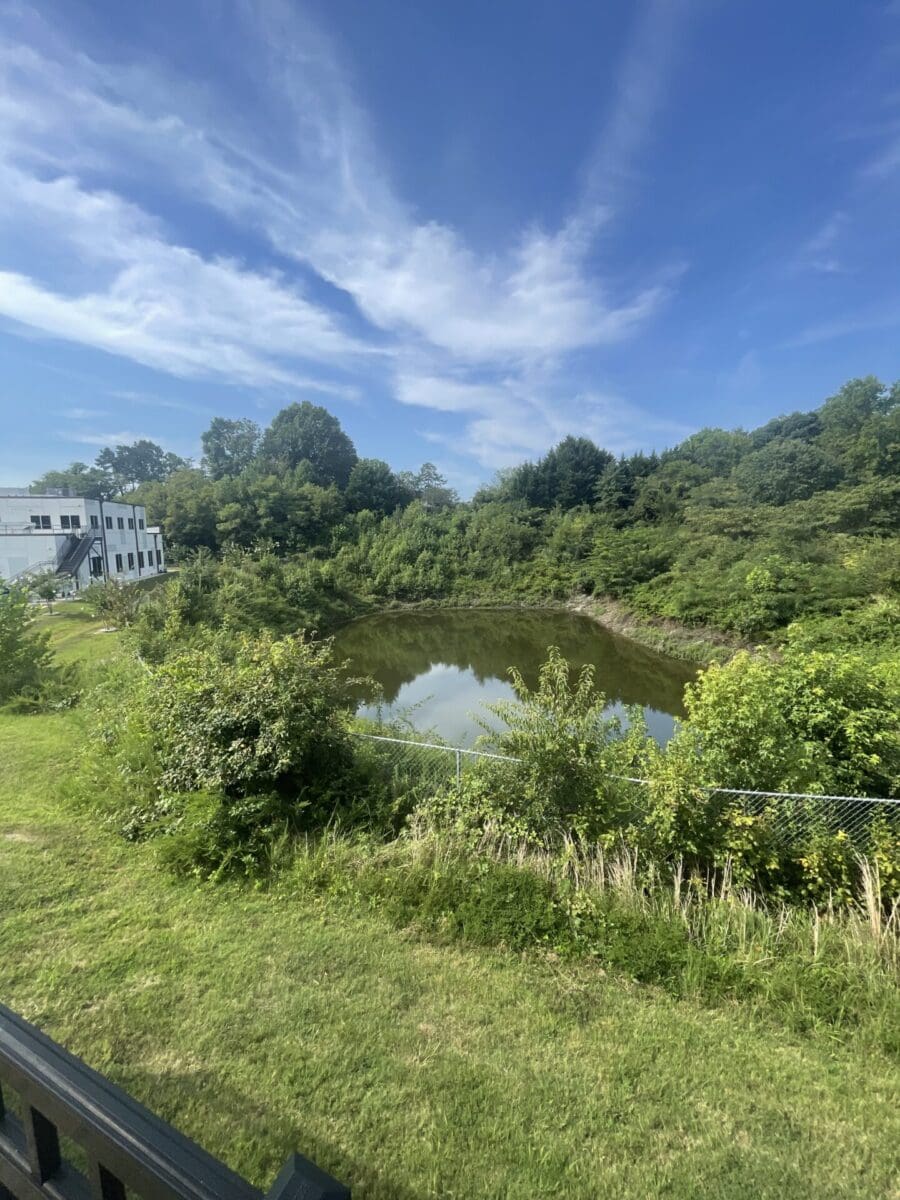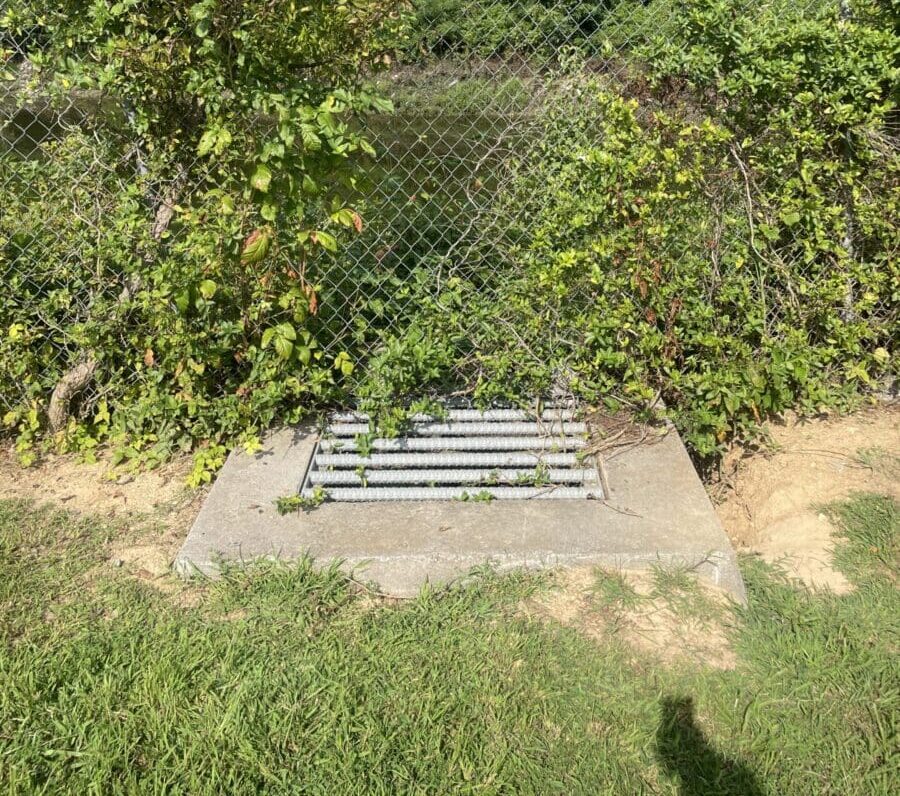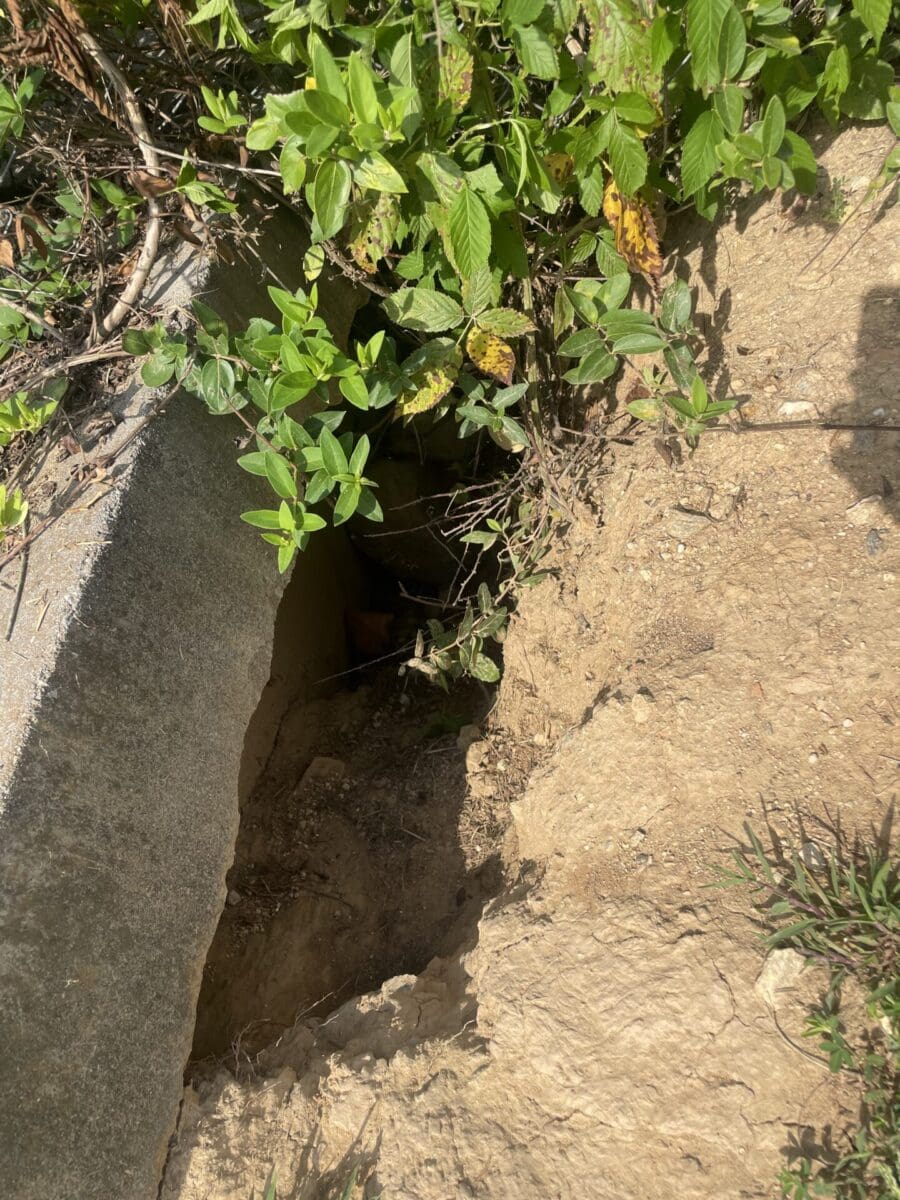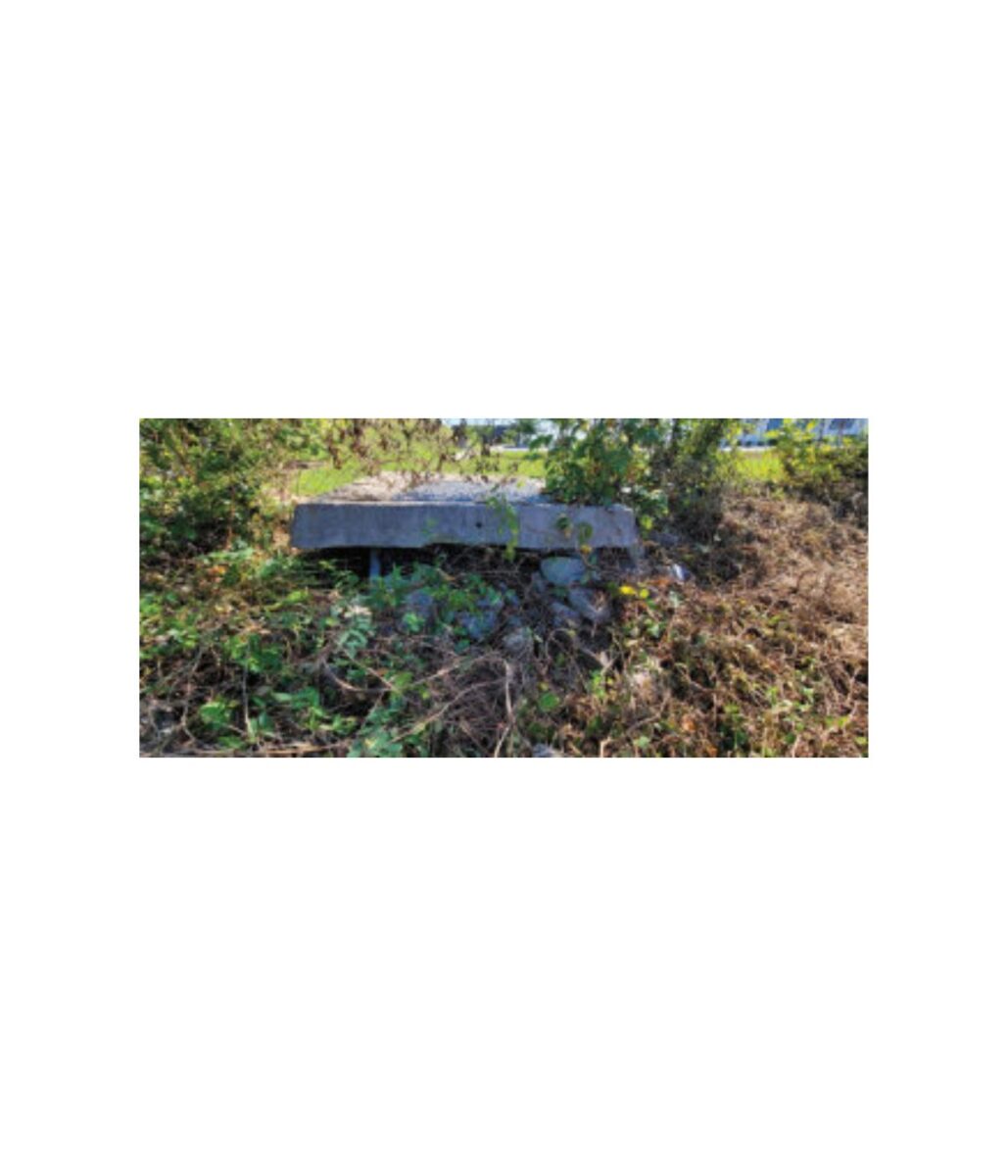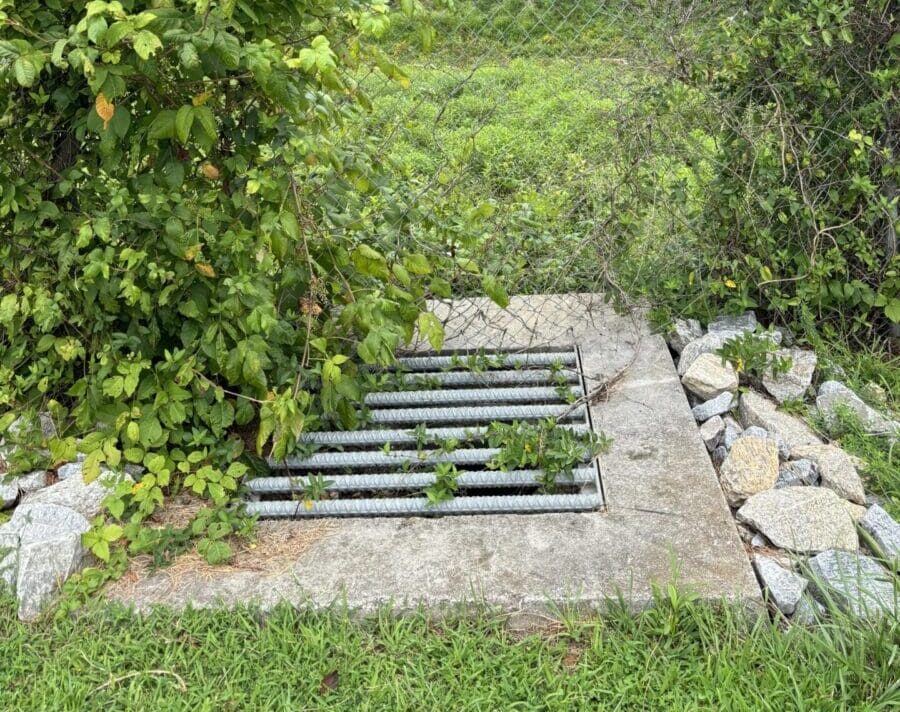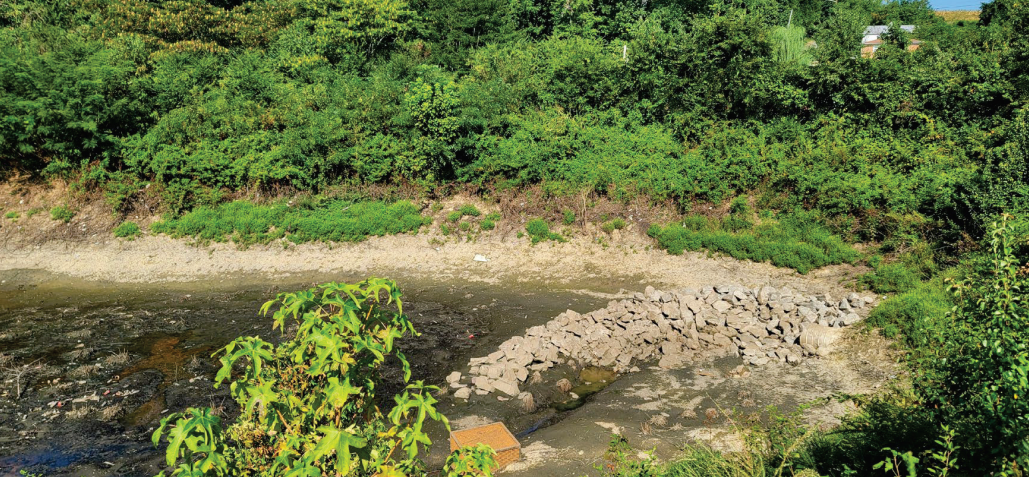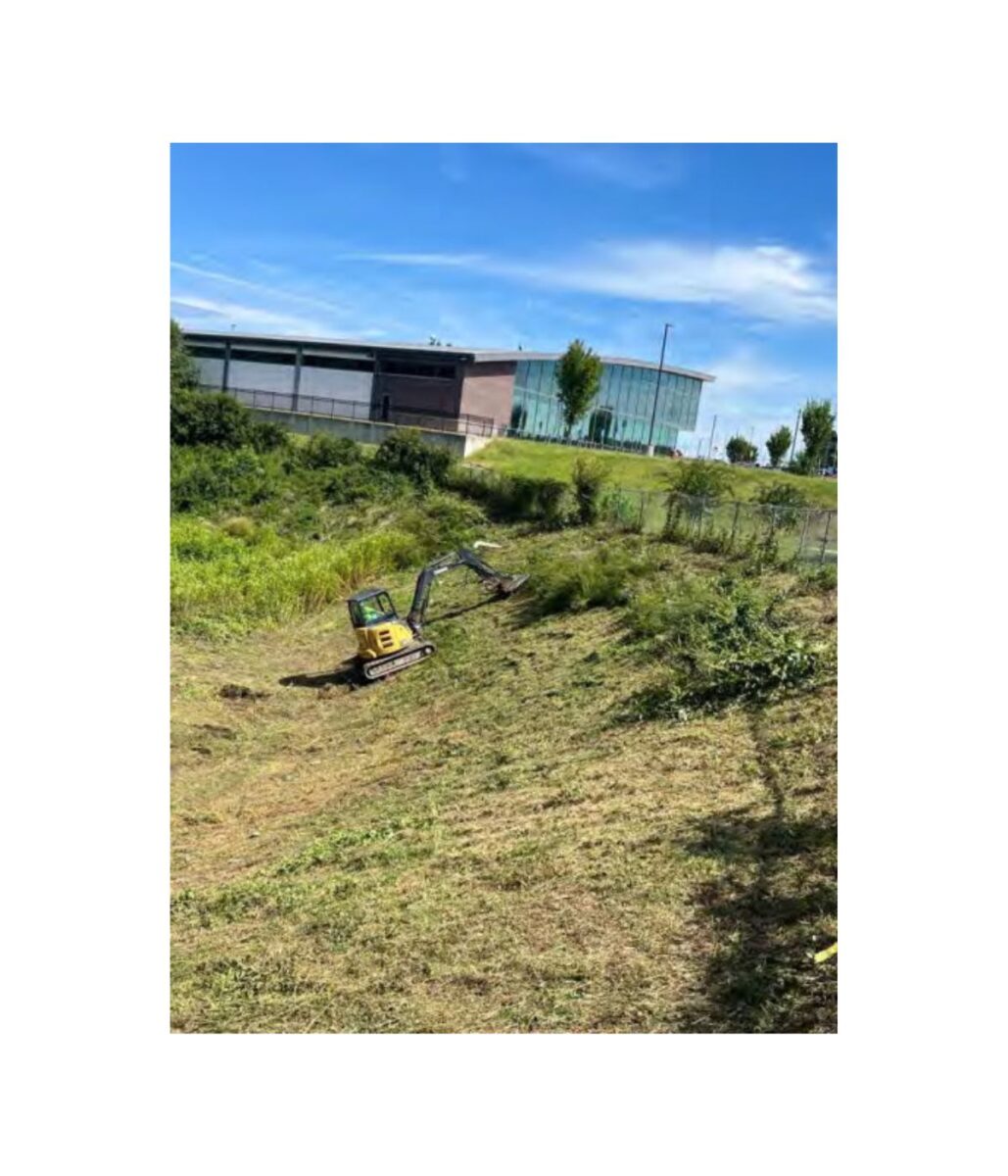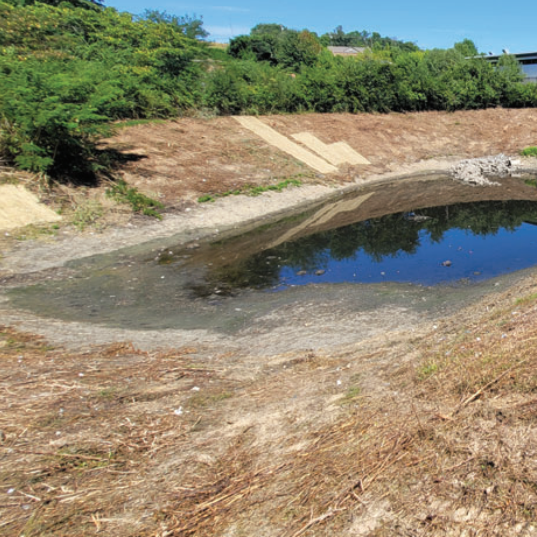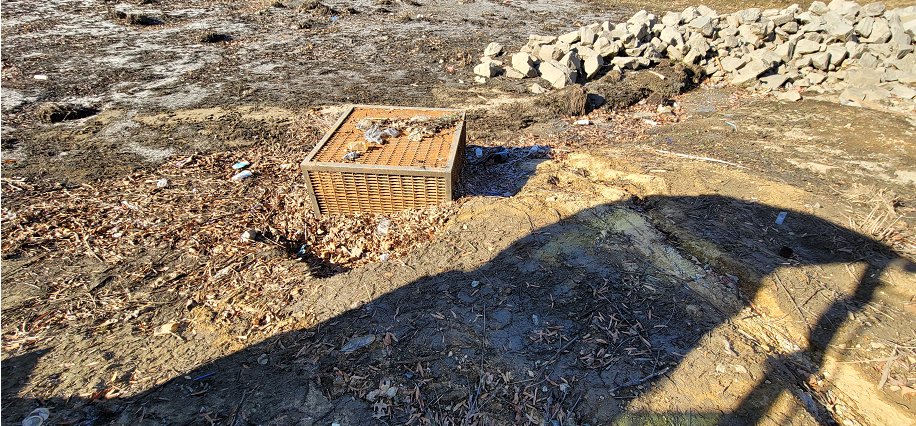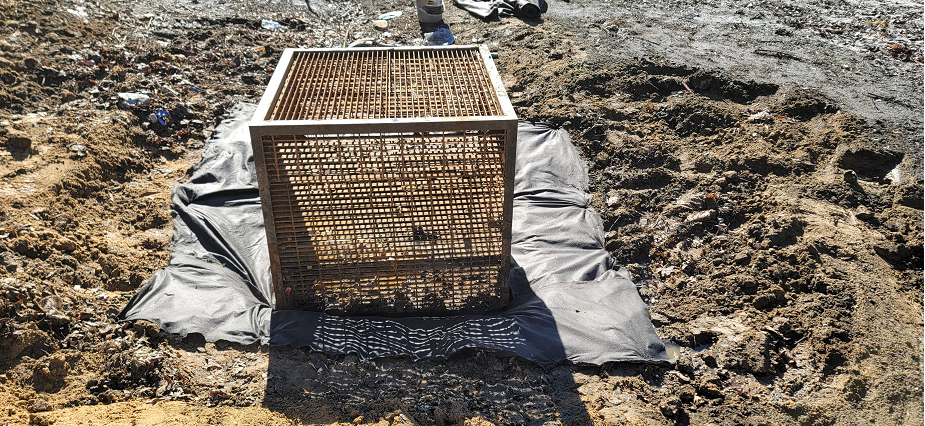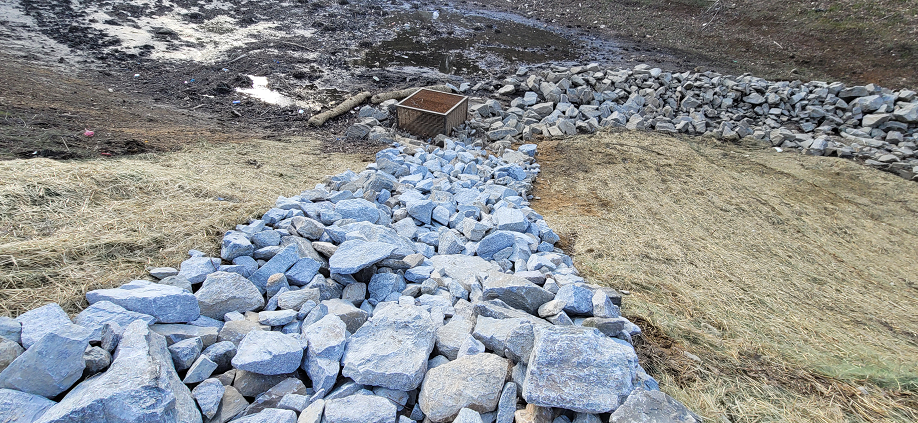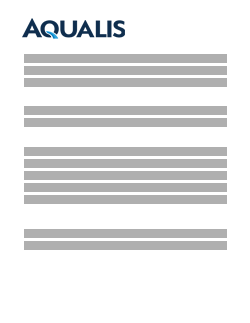Danville, VA. Targeted Restoration
Danville, VA. |
Commercial |
Pond Management Services
Overview
Severe site conditions had compromised drainage performance, requiring targeted restoration to restore system functionality and ensure regulatory compliance. AQUALIS established a phased approach for the client, performing remedial services immediately and scheduling more involved repairs to accommodate budget constraints.
Problem
Without regular maintenance, the stormwater system on this property had become overgrown with vegetation, impeding the rainwater storage capacity and reducing the site’s aesthetic appeal. As vegetation matured, root systems compromised the stormwater structures including the inlets, catch basins and outfalls. Phase one of this project consisted of dewatering and clearing the affected pipes to allow for repair. Water was redirected away from the retention pond to allow access to the outlet control structure (OCS) and downstream outlets. Once the water level was lowered and the OCS was exposed, confined space equipment was lowered down into the junction box to investigate and clean the outlet pipe. Jetting was then used to clear the roots within the outlet pipe and allow for proper drainage. Volunteer vegetation around the retention pond cluttered the area, reducing visibility and preventing long-term stability of native vegetation. The slope around this retention pond was originally designed to only support grass with shallow roots to reduce erosion. The team removed vegetation to restore the slope to the original design. All disturbed areas were then stabilized with the appropriate seed mix and erosion control matting. The team performed a general clean-up before the site was demobilized and waste was disposed of.
Following the initial work and a detailed review of the site drainage design plans, AQUALIS proposed phase 2 of the rehabilitation project to restore the system to original design. During remedial services and site investigation, AQUALIS identified several critical issues contributing to the system’s underperformance. The OCS was obstructed by accumulated sediment and debris, which was impeding proper drainage. Additionally, the surrounding riprap had shifted and deteriorated over time due to prolonged lack of maintenance, leading to erosion and structural instability.
Compounding the issue, erosion around the flume and riser overflow, as well as vegetation overgrowth on the dam slope, had degraded the stormwater system. Erosion created instability, while excessive vegetation restricted access and added weight that could compromise the structural integrity of assets. These conditions created risks not only to stormwater compliance but also to the long-term safety and functionality of the site’s infrastructure.
Solution
The team began with the OCS, using high-pressure water jetting to clear obstructions within the 8” outlet pipe that runs from the OCS to the upstream junction. This will allow for proper drainage from the basin.
Following the jetting process, the area around the OCS was excavated. Sediment within the pond accumulated around the structure reducing the capacity of the basin. The sediment within the basin was then redistributed to ensure positive drainage toward the outlet pipe, enhancing the overall efficiency of the system.
To stabilize the area and protect the structure from erosion, non-woven filter fabric and rip rap was installed around the entire OCS. This strategy will not only allow water to run through effectively but also minimize the impact of soil displacement and preserve the integrity of the basin.
Next, the AQUALIS team addressed a flume repair. Over time, flumes can experience erosion and settlement, which is why regular maintenance and inspection are important. This will ensure the flume continues to function effectively, especially after major storms.
The eroded area around the flume was carefully excavated down to stable, undisrupted soil to create a solid foundation. Compact was then backfilled where needed to build up the area. Each layer was compacted to ensure proper support and minimize future settling.
Stabilizing fabric and rip rap was placed on top of the fabric to protect the flume from further erosion while also allowing proper water flow.
Additionally, erosion concerns around the riser overflow were addressed by installing compactable fill and compacting it in 8-inch lifts. This will enhance the long-term stability of the structure and properly direct stormwater without compromising the surrounding soil.
In addition to other site improvements, the property was also experiencing a dam leak. To address the issue, the AQUALIS team applied a pond sealant to the interior slope of the dam. The area was then scarified to loosen the top layer of soil. This will allow the sealant to mix into the soil. This process improves the soil’s water-retention properties and helps seal the leak by forming a barrier.
On the exterior of the dam, a sinkhole had formed as a result of the leak. The team excavated the sinkhole down to stable soil and then compacted it with backfill. Sealant was also applied on the exterior slope to ensure a tight seal. All disturbed areas were then stabilized to prevent future erosion and promote vegetation growth.
Lastly, overgrown vegetation along the exterior dam slope needed clearing in order to bring the property back to compliance with required maintenance standards. An excavator was used with a bush bog attachment to clear overgrown grass and woody vegetation to the furthest extent reachable. The remaining overgrowth was manually cleared using hand tools. After completing general cleanup and demobilization, the area was inspected once more to confirm that all work was properly completed and restored to regulatory expectations. AQUALIS successfully completed the project, restoring compliance and enhancing site conditions.
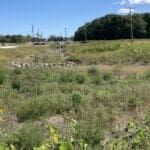 Kenosha, Wis. Highway KR Regenerative Stormwater ConveyanceThe Root-Pike Watershed Initiative Network Kenosha County, and others worked with AQUALIS to design and implement an innovative solution for stormwater control along Highway KR.
Kenosha, Wis. Highway KR Regenerative Stormwater ConveyanceThe Root-Pike Watershed Initiative Network Kenosha County, and others worked with AQUALIS to design and implement an innovative solution for stormwater control along Highway KR.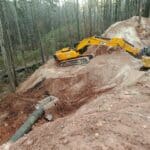 Durham, N.C. Sinkhole Leads to Stormwater System RehabilitationThe tenant on this property noticed a depression that opened to the ground below and notified the property owners.
Durham, N.C. Sinkhole Leads to Stormwater System RehabilitationThe tenant on this property noticed a depression that opened to the ground below and notified the property owners.